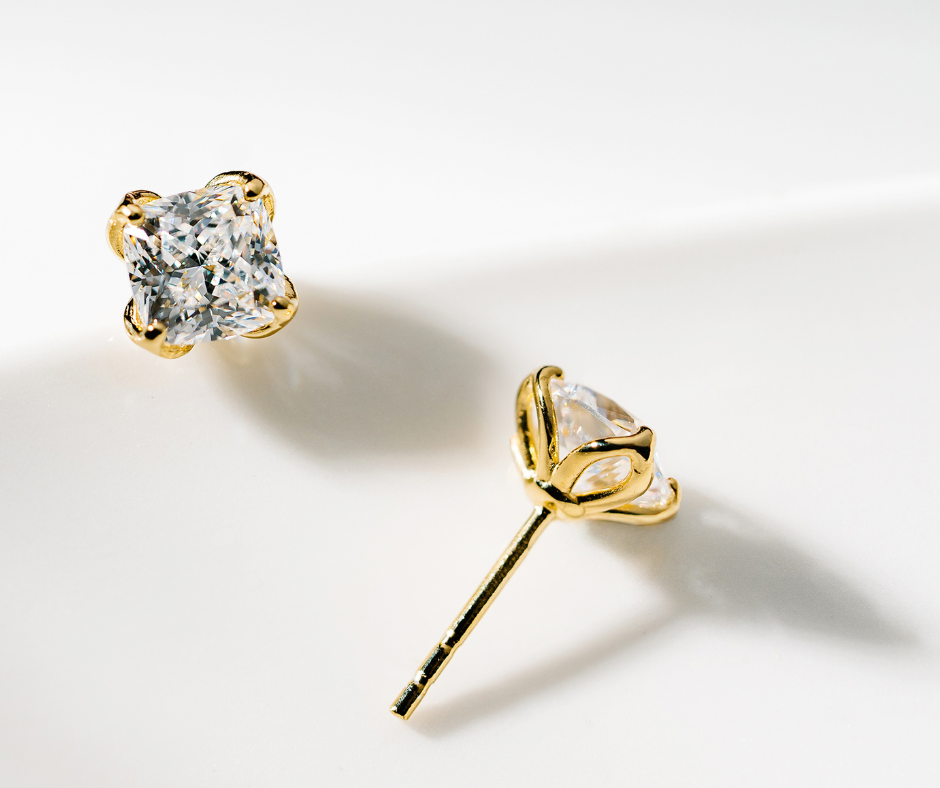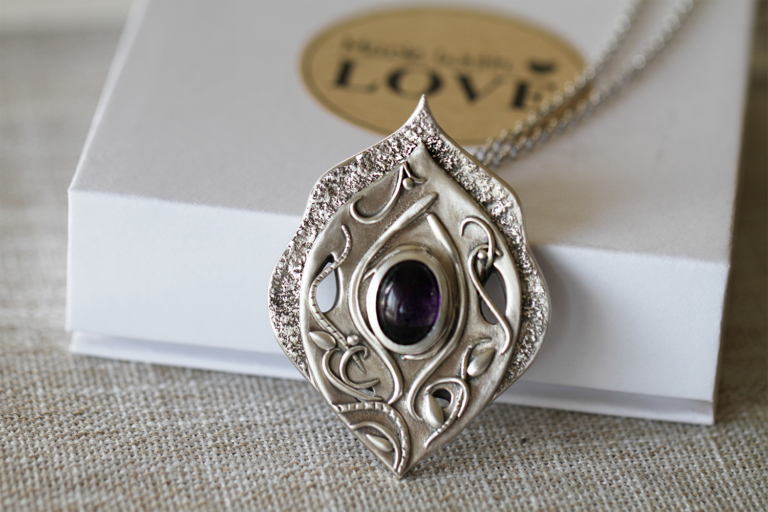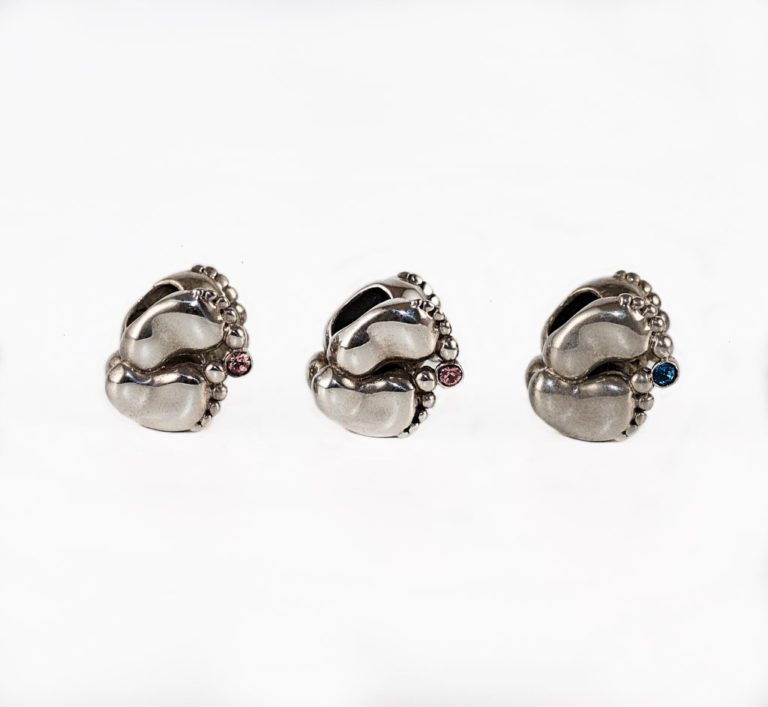Lab Diamonds vs Mined Diamonds: Understanding the Key Differences and Benefits
Lab diamonds and mined diamonds are often considered interchangeable, but significant differences set them apart. Lab diamonds offer a sustainable and ethically produced alternative to mined diamonds, often at a lower price point. This key distinction has made them increasingly popular among consumers seeking to make informed choices. As the diamond industry evolves, many consumers now weigh the implications of their purchases more thoughtfully. The choice between lab and mined diamonds reflects personal values, financial considerations, and a desire for transparency in sourcing.
Origins of Lab Diamonds and Mined Diamonds
The origins of diamonds can be traced back to two distinct processes: natural formation deep within the Earth and synthetic creation in controlled environments. Understanding these processes reveals their differences and similarities.
Formation Process of Mined Diamonds
Mined diamonds originate from carbon-rich materials found deep within the Earth’s mantle, typically at depths of 150 to 200 kilometres. These carbon deposits undergo extreme heat (about 1,000 degrees Celsius) and pressure over millions of years, transforming into diamond crystals.
The primary locations for mined diamonds include volcanic pipes known as kimberlite and alluvial deposits where diamonds are washed downstream. After extraction, these diamonds undergo a grading process that assesses their clarity, cut, color, and carat weight, which subsequently influence their market value.
Creation of Lab Diamonds
Lab diamonds are produced through two main methods: High Pressure High Temperature (HPHT) and Chemical Vapor Deposition (CVD). The HPHT method mimics the natural conditions of diamond formation by applying high pressure and temperature to carbon, resulting in diamond crystals.
In contrast, the CVD method involves the use of a gas mixture that includes carbon. This gas is ionized to create a plasma, which allows carbon atoms to deposit layer by layer onto a substrate, forming diamonds. Both methods can produce diamonds that are chemically identical to mined diamonds, ensuring a similar appearance and durability.
Economic and Environmental Impact
Lab diamonds and mined diamonds have distinct economic and environmental implications. These factors influence consumer choices and industry practices in significant ways.
Cost Analysis
Lab diamonds generally cost less than mined diamonds. The lower price is attributed to the controlled production process and reduced overhead costs associated with lab-grown alternatives. For example, while a quality 1-carat mined diamond might retail for around $6,000, the equivalent lab diamond might be priced between $1500 and $3000.
Economic considerations also extend to market trends. As lab diamonds gain popularity, increased competition drives prices down further. This trend can impact retailers and consumers, influencing buying decisions. Additionally, greater availability allows for more diverse options in terms of size and quality.
Physical Properties and Quality
Lab diamonds and mined diamonds share many physical properties, yet there are notable differences in their formation and grading. Each type of diamond exhibits specific characteristics that impact its quality and value.
Composition and Structure
Both lab diamonds and mined diamonds are composed of carbon atoms arranged in a crystal lattice structure. The primary distinction lies in their formation processes.
- Mined Diamonds: Formed naturally over millions of years in the Earth’s mantle, they undergo significant geological changes and pressure.
- Lab Diamonds: Created through synthetic processes like High Pressure High Temperature (HPHT) or Chemical Vapor Deposition (CVD) in a matter of weeks to months.
Despite their different origins, both types exhibit similar hardness and brilliance, rated 10 on the Mohs scale. Their clarity and color can vary, influenced by impurities or structural irregularities. Both can be visually indistinguishable without specialized equipment.
Grading and Certification
Grading systems for lab and mined diamonds utilize the same criteria: the 4Cs—Cut, Color, Clarity, and Carat Weight.
- Cut: Refers to how well the diamond has been shaped and faceted.
- Color: Assesses the hue, with less color typically being more valuable.
- Clarity: Measures the presence of inclusions or blemishes.
- Carat Weight: Indicates the size of the diamond.
Reputable laboratories provide grading reports for both types. It is essential to consider certification from recognized organizations such as the Gemological Institute of America (GIA) or the International Gemological Institute (IGI). This ensures consistent quality assessment and provides buyers with confidence in their purchase decisions.
Technological Advances in Diamond Creation
Significant advancements in diamond production technologies have transformed both lab-grown and mined diamonds. These innovations play a critical role in meeting consumer demand and addressing environmental concerns.
Lab Diamond Technologies
Lab diamonds are created using advanced methods such as High Pressure High Temperature (HPHT) and Chemical Vapor Deposition (CVD).
- HPHT: This method replicates the natural conditions under which diamonds form. Carbon is subjected to extreme heat and pressure, resulting in diamond crystallization.
- CVD: This technique involves using a gas mixture, typically methane, which breaks down to deposit carbon atoms onto a substrate. This process allows for precise control over the diamond’s characteristics.
Both methods produce diamonds that are chemically and physically identical to mined diamonds. The lab-grown alternatives can be developed faster, often taking weeks instead of millions of years. Moreover, lab systems can generate customized diamonds that cater to specific market demands.
Innovations in Diamond Mining
Mining techniques have also seen advancements aimed at improving efficiency and reducing environmental impact. New technologies include:
- Remote Sensing: Drones and satellite imaging help identify and map potential diamond deposits. This allows for more strategic planning of mining operations.
- Automated Equipment: Heavy machinery has become increasingly automated, optimizing extraction processes and minimizing human error.
These innovations focus on sustainability, aiming to reduce land disruption and promote responsible mining practices. Improvements in water recycling and waste management further enhance the environmental credentials of diamond mining today.
Durability and Longevity
Lab diamonds and mined diamonds share similar physical properties, making them comparably durable. Their resilience and longevity depend on factors such as hardness and resistance to wear over time.
Comparative Analysis
Both lab-created and mined diamonds score a 10 on the Mohs scale of hardness. This rating indicates that they are exceptionally resistant to scratches and can withstand daily wear.
In terms of longevity, diamonds do not tarnish or degrade under normal conditions. They can retain their brilliance for generations with proper care, regardless of their origin.
When considering settings, factors like metal quality also play a vital role. Platinum and gold settings can enhance the durability of both types of diamonds, ensuring they maintain their beauty over time.
Jewelry Industry’s Adaptation
The jewelry industry is undergoing significant changes as it embraces the rise of lab diamonds. Key adjustments in design, craftsmanship, and the overall industry response illustrate how the sector is adapting to meet evolving consumer preferences.
Industry Response to Lab Diamonds
The industry’s response to lab diamonds includes marketing shifts and education efforts. Jewelers are now focusing on transparency regarding the origin of diamonds.
They aim to distinguish between lab and mined diamonds to inform potential buyers. This effort includes detailed certifications and informative campaigns.
Trade organizations are also developing guidelines to ensure that consumers understand the differences. As lab diamonds gain popularity, many mining companies are reevaluating their strategies in light of market dynamics.
Some are investing in technology to enhance the quality of mined stones, while others are promoting the rarity of natural diamonds to maintain appeal.
Authentication and Value Retention
Authentication is crucial for buyers, ensuring the diamonds they purchase are legitimate. Understanding how to verify diamonds and their potential resale value helps inform decisions.
Verification Methods
Lab diamonds and mined diamonds can appear similar, making verification essential. Various techniques exist to distinguish between them.
- Gemological Testing: Accredited gemological laboratories can provide reports detailing a diamond’s origin. They use advanced technology to analyze inclusions and chemical composition.
- Certification: Diamonds graded by reputable organizations, like the GIA or AGS, come with certificates outlining characteristics such as cut, clarity, color, and carat weight.
- UV Light Test: Many lab diamonds exhibit specific fluorescence under UV light, which differs from most natural stones.
Consumers should always seek diamonds with certifications from trusted labs to ensure authenticity.
Resale Value Considerations
The resale value of lab diamonds and mined diamonds can differ significantly. Market trends can influence demand and value retention.
- Mined Diamonds: Traditionally, these hold value due to their rarity. Their resale market is generally stronger because they are sourced from natural deposits.
- Lab Diamonds: These tend to depreciate more rapidly, as they can be produced in larger quantities. Their availability affects perceived value, influencing aftermarket prices.
Sellers must consider these aspects before investing. Proper documentation and certification can enhance resale prospects for both types of diamonds.
Mined diamonds come from natural sources, formed over billions of years under high pressure and temperature. In contrast, lab diamonds are created in controlled environments, mimicking the natural process while allowing for greater consistency and lower prices. As we become more conscious of our value and impact on the world, understanding these differences is crucial. I hope this blog post helps.




